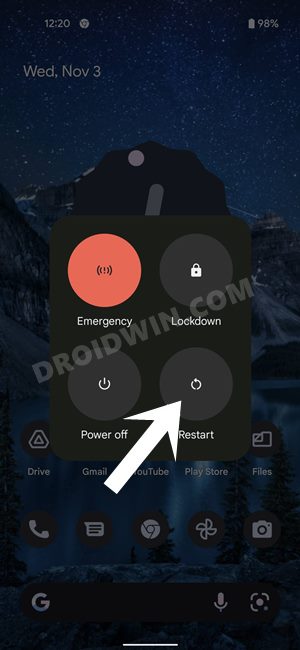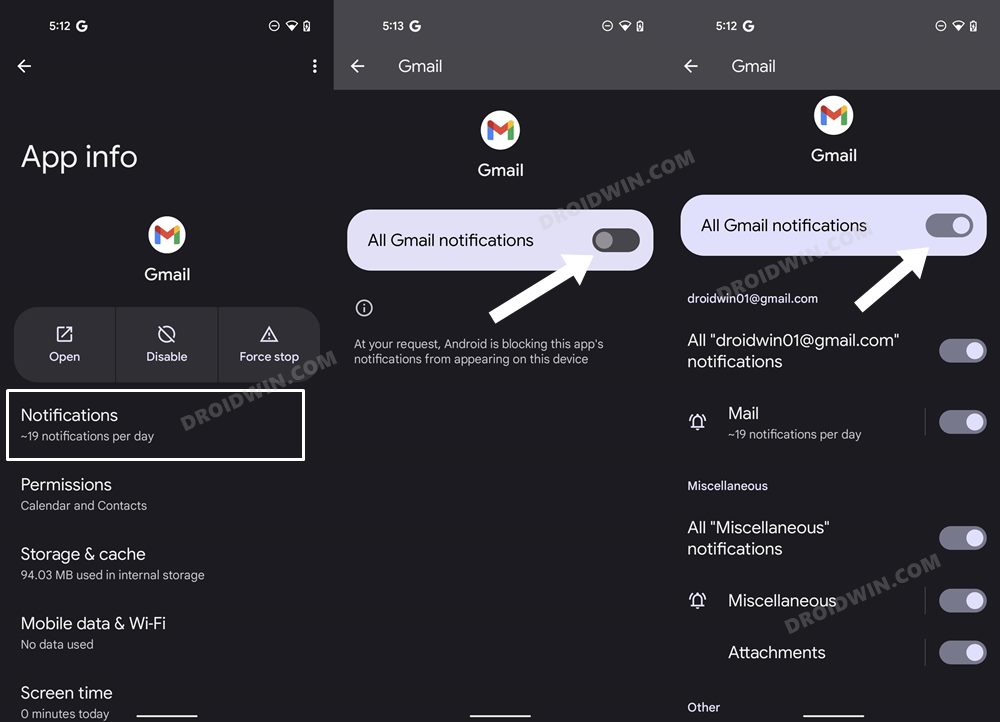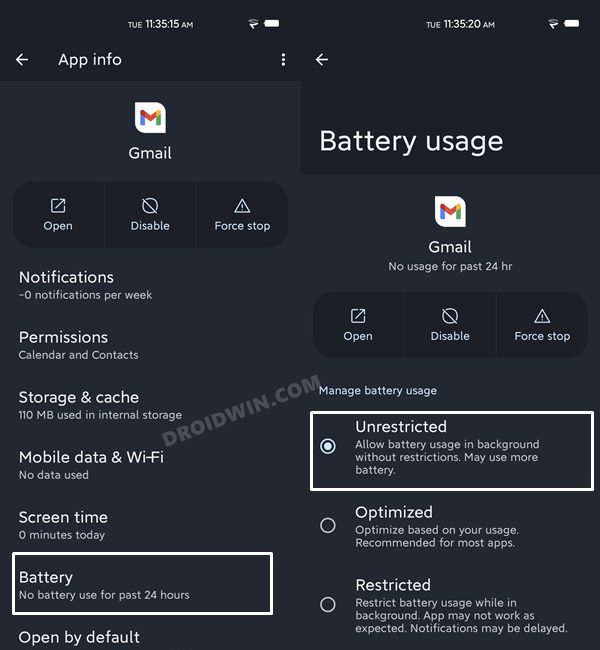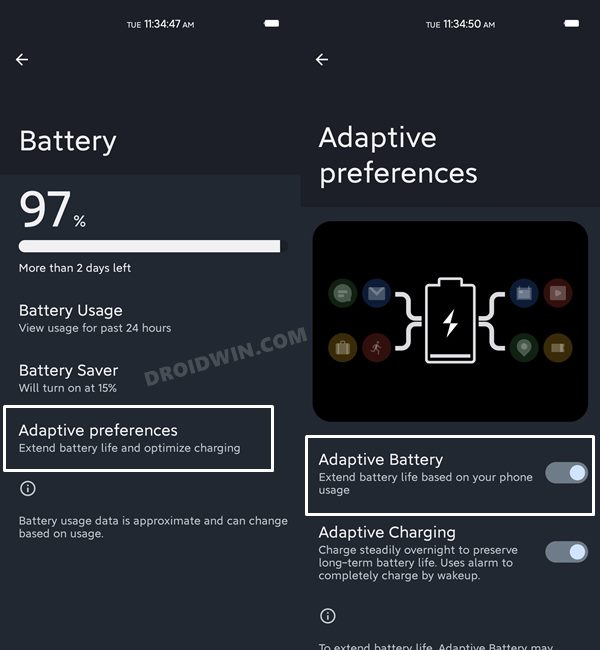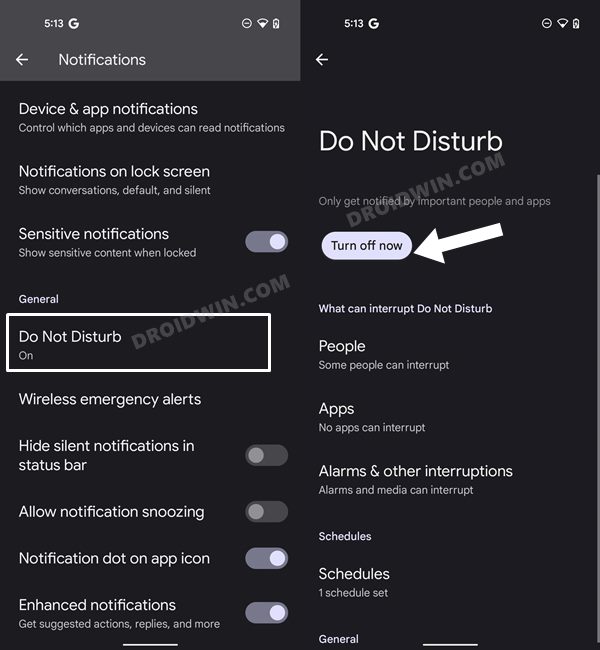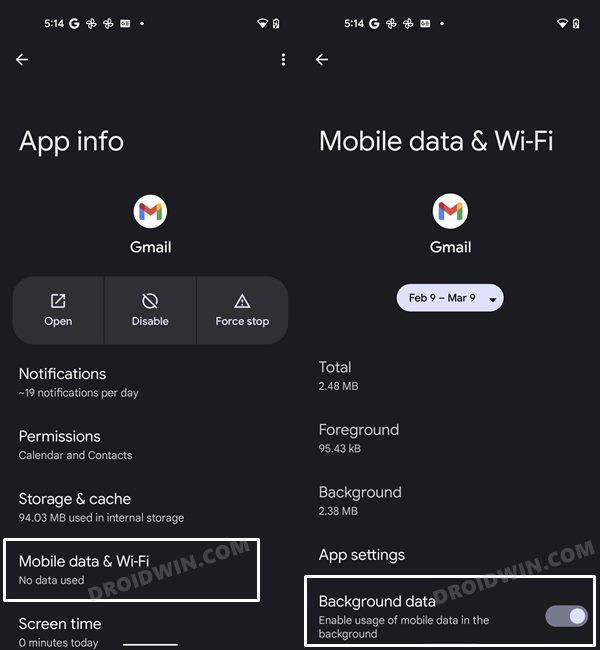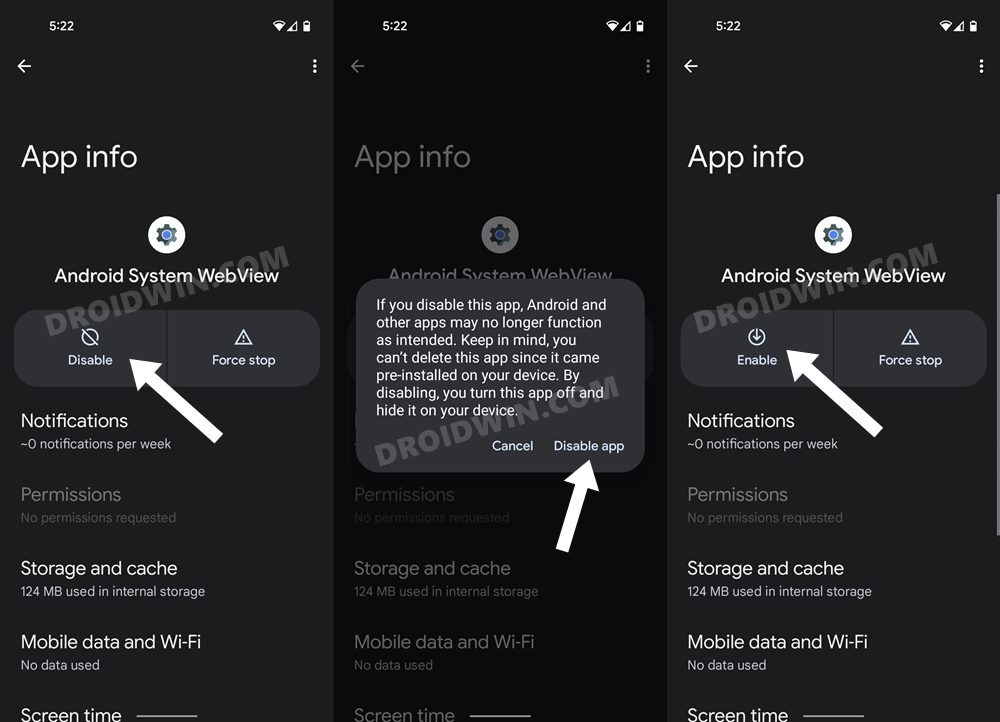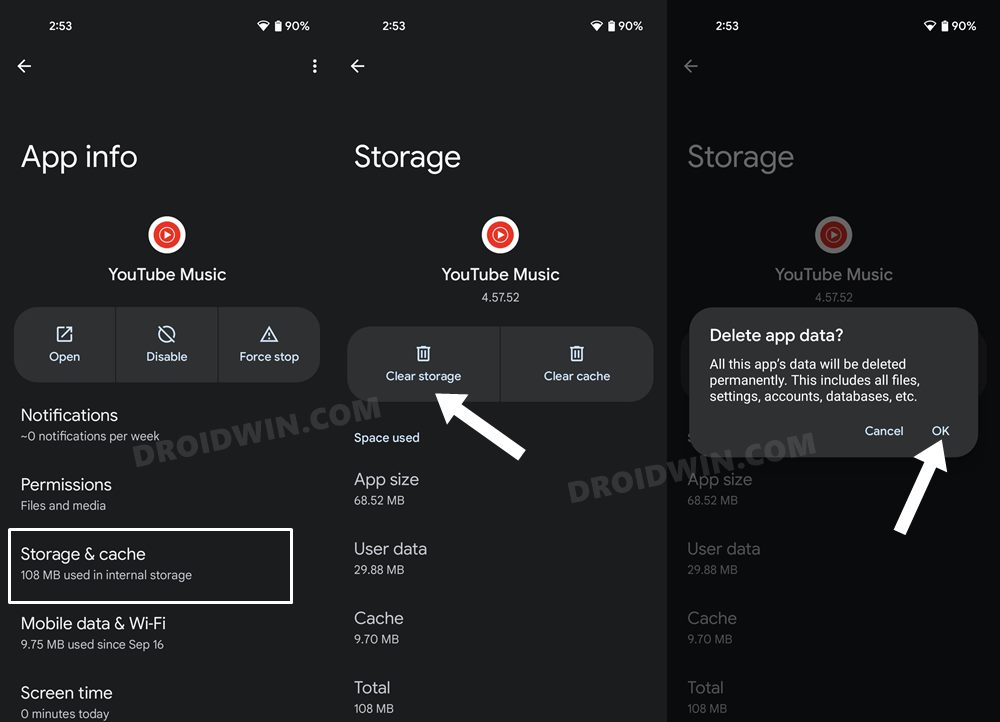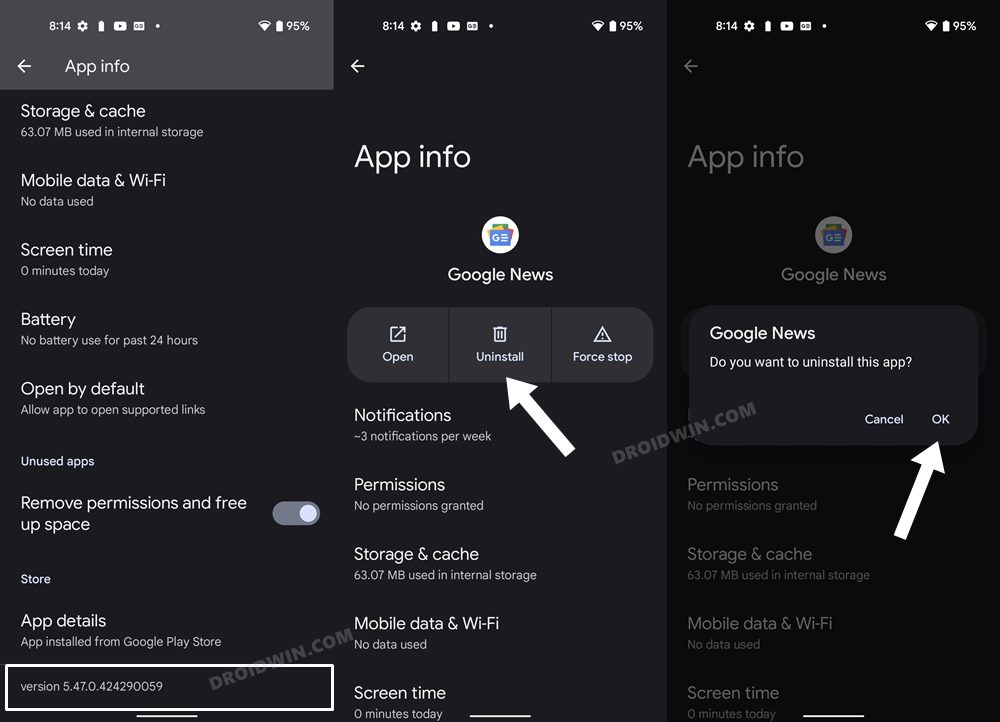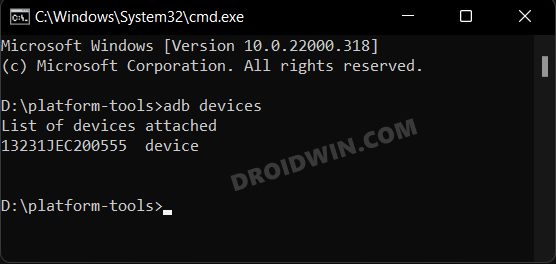Likewise, some users have also voiced their concern that they are getting delayed notifications on their devices. This issue isn’t related to any particular device, Android version, OS skin (MIUI, OxygenOS, ColorOS, etc), or a single app, rather it seems to have made its presence felt across numerous apps and devices. If you are also currently getting bugged with these issues, then this guide shall help you out. In this tutorial, we will make you aware of various methods to fix the app notifications not appearing issue on Android. Follow along.
How to Fix App Notifications not appearing on Android Device
Do note that there’s no universal fix as such. You will have to try out each of the below-mentioned workarounds and see which one works best in your favor. So with that in mind, let’s get started.
FIX 1: Restart Device
Let’s start off with the most basic fix, which requires you to restart your device. In most instances, a reboot is all that is needed to resolve the underlying issue and it could well spell out success in this scenario as well. So go ahead, give your device a reboot and then check if it fixes the app notifications not appearing issue on Android.
FIX 2: Toggle App Notifications
Your next course of action should be to disable and then re-enable the app’s notifications settings. This will refresh all its alerts related settings and could rectify the issue that we are currently dealing with. So on that note, let’s give it a try and check out the results.
FIX 3: Remove Battery Restrictions
If you have put in any battery-saving measures in place, then the app might not be able to function correctly in this restrictive environment. Likewise, those restrictions wouldn’t allow the app to carry out its background functionality. This in turn will break the sync feature and could ultimately be the reason for the app’s inability to send alerts. So you should consider removing all these restrictions, which could be done as follows:
FIX 4: Disable Adaptive Battery
Based on your app’s usage behavior, the Adaptive Battery feature gives higher privileges to the one with whom you interact the most. But on the flip side, it also tends to minimize the background functionalities and disable sync features of the apps with whom your interaction is on the lower side. As a result of this, all the apps that fall in the latter domain are bound to be the suffering party, without any manual intervention from your end (another reason why everything shouldn’t be left over to the AI!). So to prevent this from happening, you should disable Adaptive Battery, which could be done as follows:
FIX 5: Disable Do Not Disturb
The Do Not Disturb Mode in Android disables all the notifications and alerts from your device. So if you have enabled it (intentionally or otherwise), then consider disabling it right away. Or if you don’t wish to do so, then you could also add the desired app to the DND exception list. This way, the DND Mode will remain active and at the same time, you will still get notifications from the app of your choice. Here’s how :
FIX 6: Enable Background Data
Apps that are working in an online-only environment must have network permission while running in the background. If that is not the case, then you wouldn’t receive notification from those apps until you manually open them. So to avoid that from happening, let’s give the said permission to the required app.
FIX 7: Re-Enable App
If the app’s processes and/or services aren’t functioning along the expected lines, then there are bound to be issues with its related components. Therefore, you should disable the app and then re-enable it. Doing so will restart all its services and the app will then perform in a fresh environment from scratch. So proceed with the below instructions to try it out
FIX 8: Delete App Data
If a lot of temporary data gets accrued over the due course of time or if the stored app data gets corrupted, then there are bound to be some app performing issues. In such cases, the only way out is to delete the app’s data and then let it repopulate it from scratch. Here’s how it could be done:
FIX 9: Reinstall App
If the app’s settings and configuration files get corrupted, then simply deleting its app data might not be sufficient. Rather, you will have to uninstall the app from your device and then reinstall its latest build. So let’s try it out using the instructions given below. [Note: If you are planning to uninstall a system app, then you will have to take the help of ADB Commands. For that, you may check out this guide as a reference: How to Uninstall YouTube App from Android via ADB Command]
FIX 10: Disable Doze Mode
This feature was first introduced with Android 6.0 Marshmallow and is still touted as one of the most battery restrictive measures to date. It forces the system to use only a minimal amount of resources and battery, even if it might not be in sync with the actual requirements. This curtailed environment more often than not causes disruption to an app’s background services, including the way it delivers notifications. So the straightforward approach would be to disable this option, but there’s no single toggle as such through which this task could be performed. But we still have the ADB Commands at our disposal, and using them, we will be disabling the Doze Mode on your device. Follow along. So with this, we round off the guide on how you could fix the app’s notifications not appearing issue on your Android device. We have listed ten different methods for the same. Do let us know in the comments which one spelled out success for you. Likewise, all your queries are welcomed in the comments section below.
How to Disable System Notifications on AndroidBring Back the WiFi toggle in Quick Settings on Android 12Games and Apps Crashing/Not Working on Android 12: How to FixWeather Widget not Working in Pixel on Android 12: How to Fix
About Chief Editor

